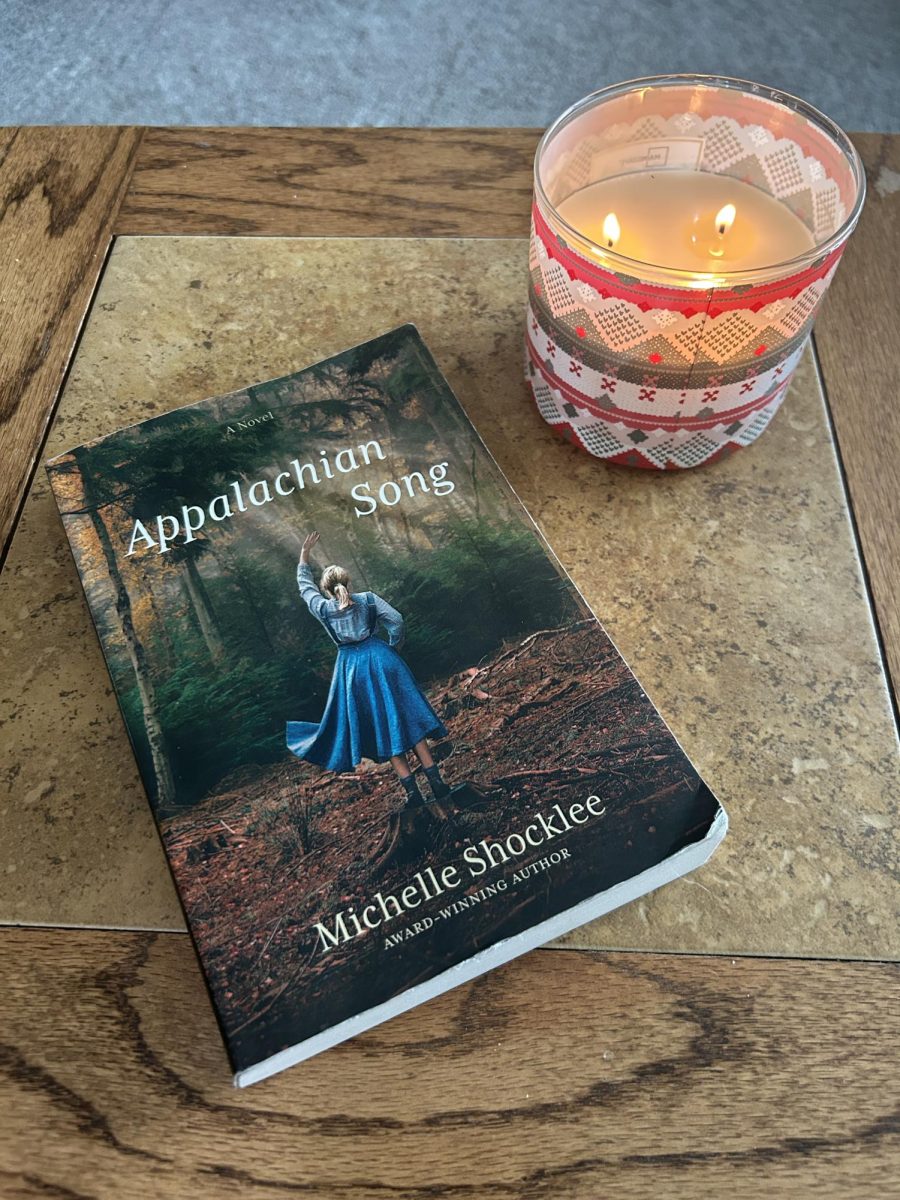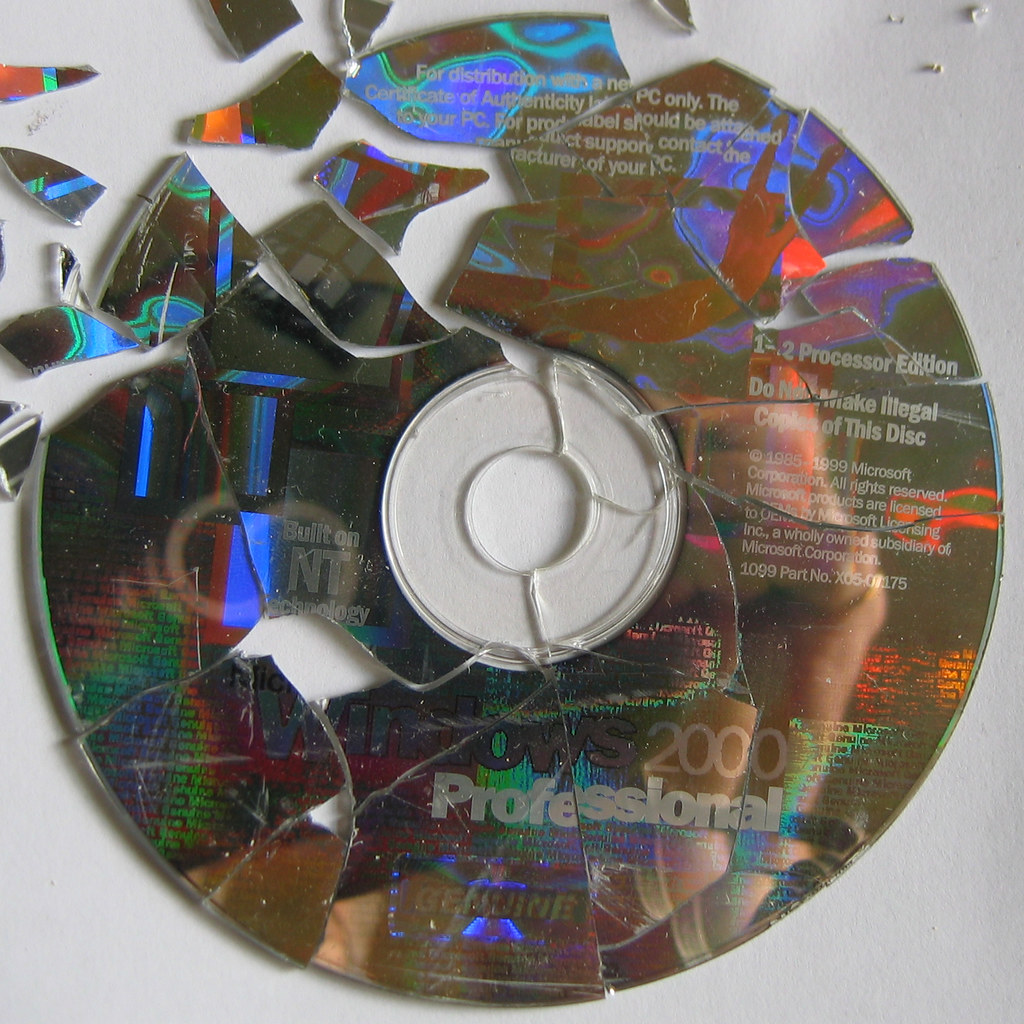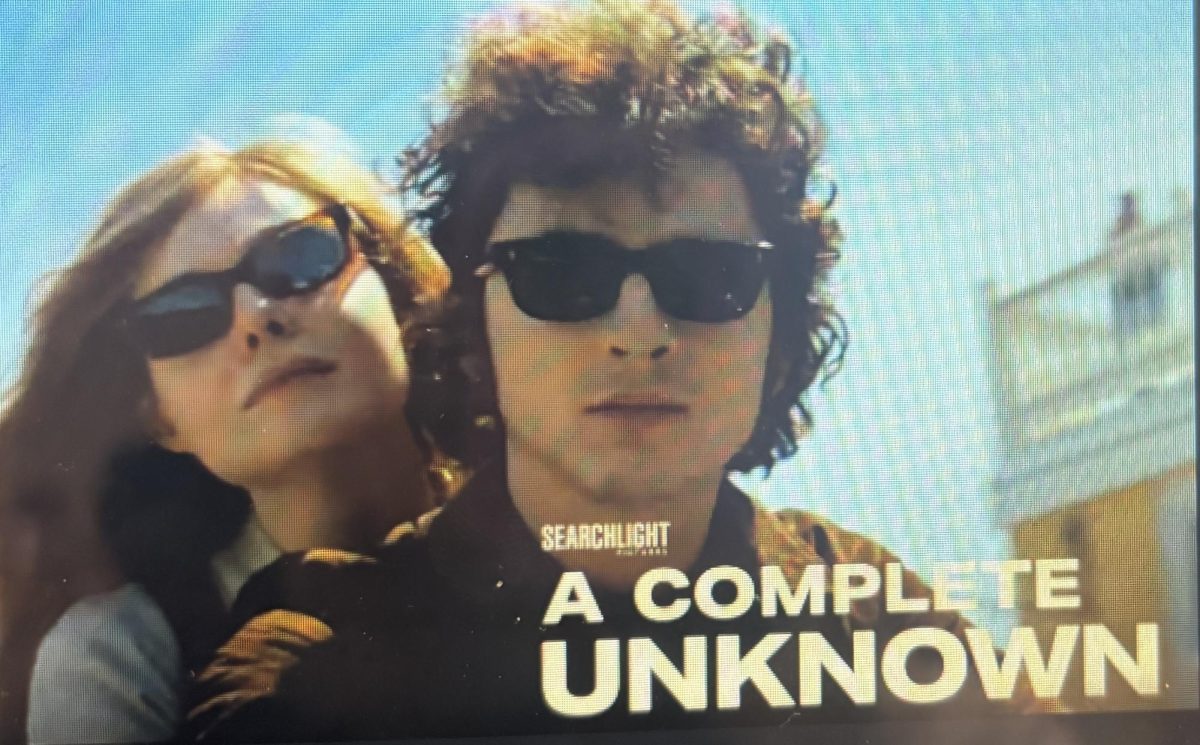Much to my grandparents’ dismay, I decided to get my first tattoo less than two months after I turned 18. Before then, I had visited tattoo shops on multiple occasions. I have had my ears pierced many times in the chair at a tattoo shop and have even watched my father get “inked up” years before I could experience the phenomenon. Before the needle even touched my skin, I decided to learn as much as I could about the process. Through my research, personal experiences, and discussions with tattoo professionals, I believe these are the most important things people must know before making this lifelong decision.
1. Think about tattoo longevity
While it may seem obvious to consider the aging of your tattoo before you get it, most people don’t know exactly how they age. When a tattoo gets older, the ink not only fades, but also spreads into nearby areas. This can make words illegible when spaces in letters are filled with ink, it can limit the distances between nearby lines and it can change the entire look of fine line tattoos. Fine line tattoos are extremely popular right now due to their daintiness, but they are actually one of the least durable tattoo types. Not only do the thin lines show errors easily and fade faster, but they often blur together after months or years. If you want to delve into the thin tattoo trend, make sure to thoroughly research your artist, design a non-compact tattoo, and make sure to take care of it to the best of your abilities. If this sounds like too much work for you, avoid the trend and stick with the traditional tattoos because according to professionals, bold will hold.
2. Pick a design that speaks to you
It is common advice in the tattoo world to choose a design that has a meaning. This can be one of the best ways to select a tattoo, but if you are getting one at a young age, it is important to remember that your interests and values may change in the next 50 or so years. If you get a tattoo with a meaning, make sure that meaning will follow you through life. If your tattoo is purely aesthetic-based, choose a style that you won’t be ashamed to show your entire lifetime.
3. Research your artist thoroughly
Tattoos are permanent. You must carry this piece of art for the rest of your life. Because of their permanence, tattoos should never be an impulse decision. Before you book an appointment, make sure to thoroughly research tattoo artists. Not only is it crucial to research these artists to make sure they are sanitary and capable, but you also want to make sure the artist specializes in the art you require. Different artists have different specialties, whether that is realism, traditional, text, or fine line tattoos. Choosing an artist who isn’t experienced in your tattoo type can result in a subpar tattoo.
4. Don’t be cheap
One of my favorite things to do on the internet is view tattoos of poor quality. While some of these horrible tattoos are the result of bad taste, a lot of them come because the person wanted to save a few bucks. Don’t be the next person who shows up on r/ShittyTattoos. Go into the shop expecting to spend a lot of money because good artists will not be cheap.
5. Come in prepared
When your appointment day arrives, you should be prepared for any scenario. Most tattoo shops are cash only, so make sure to bring more than enough cash to pay both for the tattoo, but also the tip. My tattoo cost $100 for a 30-minute session and I gave my artist a $20 tip. You should also never enter a shop hungry, sick, or under the influence of alcohol or drugs, including drugs such as ibuprofen or Advil, as they thin your blood. Know where you are getting your tattoo and prepare to arrive in clothes that make the area accessible and that you don’t mind getting stained. Depending on the artist, they may not want you to use numbing cream on the location because it makes the skin rougher and more difficult to get ink into.
6. Don’t let pain hold you back
Going into my appointment, I was a little bit nervous about the pain. I have had my ears pierced numerous times, but the thought of sitting still for half an hour while a needle punctured me made my skin crawl. I arrived at the shop with gum to distract me and a fidget toy to keep me still, but they both proved to be unnecessary. The pain was actually significantly less than what I expected. It can be best described as the feeling of a mechanical pencil rubbing on your skin, so nothing compared to my yearly flu shot. If you want to get a tattoo, don’t let potential pain hold you back because its significance during my experience was minimal.
7. Create a relationship with your artist
Before your tattoo, you will likely reach out to your artists to make an appointment and agree on a design. Unless you have completed your own, unique design, your artist will likely design one for you based on your references and send it back for alterations and advice. You may be in communication with your artist for quite a while leading up to your appointment, so you will want to choose an artist that shares a similar communication style and interests. While I was getting my tattoo, I was able to discuss rock music with my artist, which made the experience very enjoyable as the pain melted into the background.
8. Perform good aftercare
After you get a tattoo, your artist will inform you how to take care of your tattoo. Different artists have different healing techniques, but it is important you follow what they suggest. All artists advise against excessive exercise for a couple of weeks, tight clothing, and touching your new tattoo. Currently, Saniderm, a type of tattoo bandage, is very popular because it offers a hands-off approach for about a week after being tattooed. Personally, my artist doesn’t use Saniderm. Instead, I was told to wash my tattoo 2-3 times a day with sensitive soap, dab it dry with a paper towel, and then put a thin layer of unscented lotion on it. Depending on your tattoo, the wound may heal in around a month, so even if you use a form of tattoo bandage, you are still expected to avoid touching the wound and keep it clean and moisturized well after the bandaid comes off.
9. Expect your tattoo to change
When you leave the shop, your tattoo should look vibrant and bright, but it will likely not remain this way. During the original healing process, the scabs that form over the wound can change the way your tattoo looks, but when these fall off after around two weeks your tattoo may lighten in color. The best way to keep your tattoo fresh is by performing good aftercare, avoiding picking the scabs, and applying sunscreen after the tattoo heals. Your tattoo aftercare will never truly be over because you are expected to apply sunscreen to the tattoo for the rest of your life to decrease its amount of fading during the aging process.
10. Speak up for what you want
Tattoo artists aren’t telepathic, so you can’t expect them to know everything you want. If the design, placement, or execution presented to you isn’t favorable, tell your artist. Most likely, they will be more than happy to fix it. This is a very permanent decision, so make sure that you advocate for yourself if a piece isn’t perfect.
While my tattoo isn’t fully healed yet, I am very happy with the experience I had while getting it. My research into tattooing brought me to a great artist and a beautiful piece of art, and I believe that if you follow these tips, you will end up just as happy with your new tattoo as I am.









